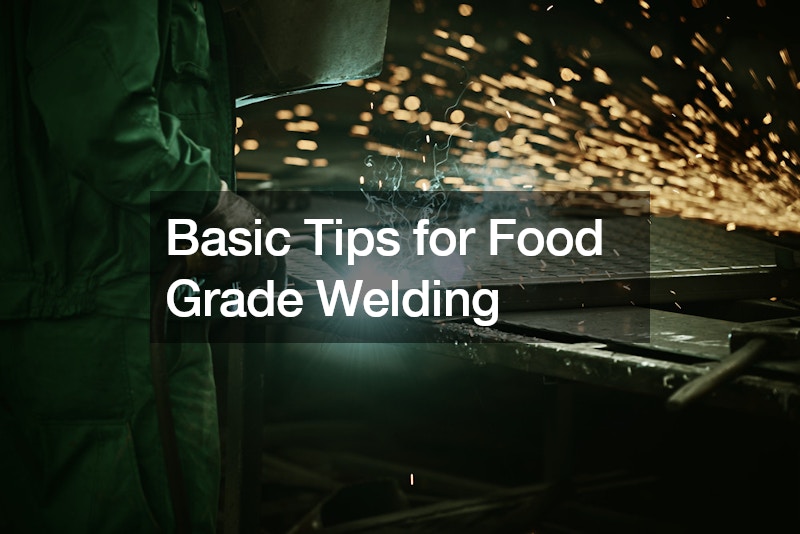Disclaimer: Quick Jobs. This site provides business content for informational purposes only.
Food grade welding is a specialized skill that is essential for industries involved in the production, processing, and handling of food products. Ensuring the safety and integrity of food-grade equipment and facilities is paramount to preventing contamination and maintaining the quality of food products. One of the most important aspects of food grade welding is selecting the right materials for the job. Stainless steel is often the preferred choice due to its durability, resistance to corrosion, and ease of cleaning. However, it’s crucial to use grades of stainless steel that are specifically designed for food-grade applications, such as 304 or 316 stainless steel, which are less likely to leach harmful substances into food or beverages.
In addition to choosing the right materials, proper welding techniques are essential for achieving strong, leak-free joints that can withstand the rigorous demands of food processing environments. This includes ensuring clean, contaminant-free welds, and using the appropriate welding processes, such as TIG or MIG welding. They also must adhere to industry standards and regulations for food safety and hygiene.

Regular inspection and maintenance of food-grade welding equipment and facilities are also important. This is because they identify and address any potential issues or defects before they can compromise food safety or quality. By following these basic tips for food grade welding, professionals can help to ensure the safety and integrity of the food products that we consume.

